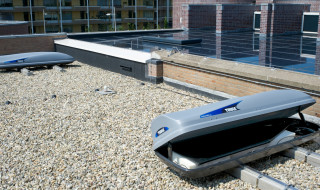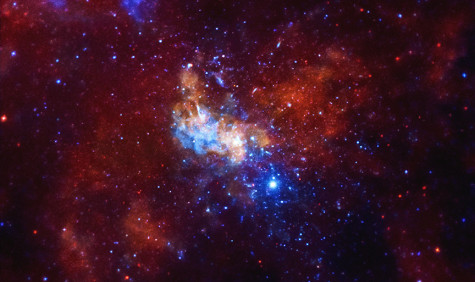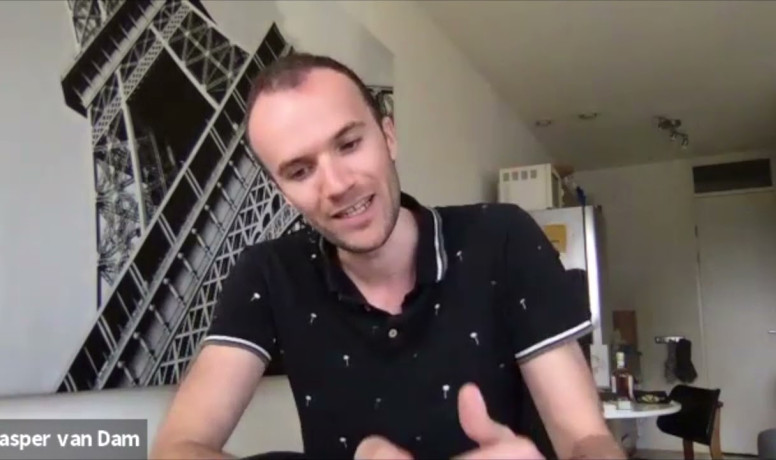Particle avalanche in the classroom
Scientists, teachers and high school students are joining forces in the HiSPARC (High School Project on Astrophysics Research with Cosmics) project to unravel the phenomenon of cosmic rays. For viewing and analysing the data, SURF supports with Jupyter Notebooks.

When cosmic particles from space reach the atmosphere, they collide with atomic nuclei, creating new particles. Those new particles do the same, creating a veritable particle avalanche. "This goes on all day long and we can measure this activity, partly thanks to the help of high school students. They build their own measuring instruments at our premises or at a university near them. Those detectors will be placed on the roof of the school and then the data collection can begin," said Kasper van Dam, a researcher at Nikhef (National Institute for Subatomic Physics) and the University of Twente. He obtained his PhD on HiSPARC in 2021.
Making figures accessible
HiSPARC has been running since 2003 and was set up back then to introduce modern physics into the classroom and give schoolchildren a peek into the research kitchen. There are now over 140 of these small measuring stations in the Netherlands, the UK, Denmark and Namibia. To process all the data, pupils learn programming.
"For this, we use Jupyter Notebooks. In this open-source environment, you can program in the web browser and display text and figures at the same time. Ideal for teachers to give explanations. And students can choose which data they work with to determine, for instance, the direction of a particle avalanche. The most fun, of course, is to use their own station. Nice and easy to make figures that already look very professional."

Unexpected find
Until recently, however, much teaching time was lost installing the right software in students. "We presented this problem to SURF and they had the solution. Because they now facilitate the cloud environment, students and teachers no longer have to install software. Creating an account and logging in to the website is enough. This removes the last obstacle to introducing HiSPARC in the classroom," said Van Dam. "SURF has made a great effort, which is very helpful for schools." And finally, he has some news. "The data from the detection stations show that natural background radiation increases during heavy rainfall, an unexpected additional finding that will certainly be investigated further. And which would not have been done without the efforts of all those schoolchildren!"
Cooperation partners
HiSPARC is supported financially and with manpower by Nikhef and SURF. In addition, the project is supported by several universities in the Netherlands.
For more information, see: hisparc.nl
Text: Wilma Schreiber
Photos: HiSPARC
Video Nikhef: Kasper van Dam explains his thesis


